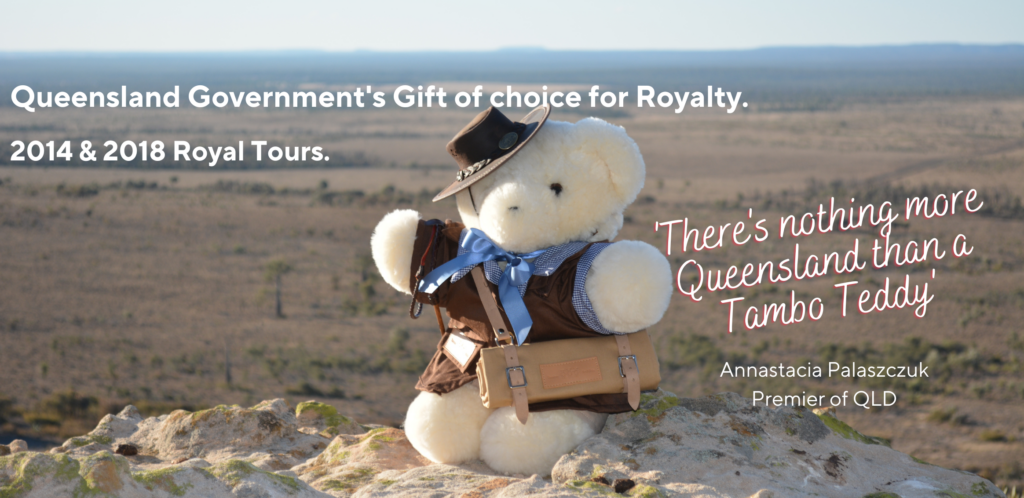Tambo Teddies are made from wool, from Australian sheepskin. We love wool at Teddies, in fact, Alison was a Wool Classer for many years and still holds a deep love of wool.
What is Wool Classing? you may ask.
Wool classing is the process involved in the production of uniform, predictable, low-risk lines of wool.
What????
Sheep are shorn once a year (on average) and a shearing team works together like a well oiled machine. The Shearer shears the sheep, using a machine called a hand piece to take the fleece off. The hand piece is a small machine shaped to fit the hand with a comb and cutter, it is driven by an overhead that hangs above their stand (place to shear). The comb, peels through the wool and the cutter moves across the comb shearing the fleece.
The fleece is then collected by the wool-handler (rouse-about) and carried to the wool table. The fleece is skillfully thrown so it lands flat on the table. The Classer and another Wool-handler then skirt the edges of the fleece. Skirting is the process of removing inferior sections of the fleece, the greasy edge, shorter fribby bits and cotted neck parts. The aim is for the skirted fleece to be a free and even bulk of wool.
The wool handler and classer roll the fleece into a ball and the Classer gives it a final look over before determining which line to put it in. The assessment of the fleece is done on length, strength, colour and fineness. The aim is to create even lines of wool for sale to maximise the value of the Grower’s clip.
Fineness is determined by the crimp of a staple of wool, generally the closer the crimp (or crinkles) the finer the wool. Micron, the measure of fineness, is the main determining factor for the price of wool and generally, the finer the micron the higher the price.
Classing is not just a visual assessment, handle of the fleece for Alison is the main determining factor of fineness (micron). Alison was often seen popping her face into the fleece, prompting people to ask, ‘why so you smell the wool?’
But Alison wasn’t smelling it, she was feeling the softness against her skin!
When pulling a clip together, Classers always aim to make saleable lots of wool. Lots of wool of 4 or more bales of the same type. Lot sizes of 15-20 bales for main lines allow buyers to purchase a supply of wool with confidence that it will perform when processed.
Classers all have their own stencil and unique number, the stencil and number are branded and stamped onto each bale they class. This way every line of wool is traceable back to the individual Classer. There are four categories of Wool Classers, Master Classer, Australian Wool Classer, Owner Classer and Associate Classers. Alison was one of the first Master Classers in Australia, she was nominated by the industry and AWEX to participate in the first MC course that was held in Sydney in 2007.
After 22 years classing, Alison decided to hang up her stencil and pursue new adventures including our Tambo Teddies ventures.








